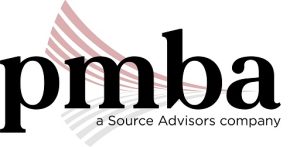If the taxpayer didn’t have qualified research expenses in any one of the three taxable years preceding the taxable year for which the credit is being determined, the amount of the credit is equal to 5 percent of the taxpayer’s qualified research expense for the taxable year. The amount of credit is limited to:
- 100 percent of the corporation’s first $25,000 of corporate excise tax liability; and
- 75 percent of such liability over $25,000



